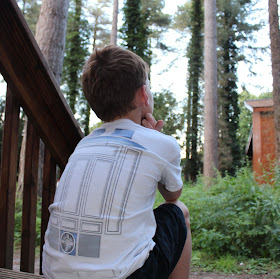I have been working in various types of education for nearly 15 years. I have three children (if you can call my teenager a child) in education - two of these with special educational needs attending specialist provisions. One of whom started in what's called mainstream (a regular government funded school) and has ended up in a special school as mainstream became unsuitable for him.
I've been working in primary and secondary schools for the last five years and worked with many kids who struggle in school either due to special educational needs or other things going on in their lives. When I worked in primary many of the pupils who truly needed more support than mainstream could provide would be supported in finding a different type of school for secondary entry.
This can be extremely challenging as there are limited numbers of specialist school places, due to a shortage of special schools. This is something that has been reported many times included on my this blog. But these schools are not what is referred to as alternative provision (AP).
When is alternative provision appropriate?
What had not occurred to me then is what happens when the difficulties and challenges arise in secondary? What happens when all the spaces at specialist secondary schools have been filled at entry in Yr 7 but a child is identified as needing a different placement in Yr 8 or 9, 10 or 11? Or what if waiting until secondary wasn't possible... or what if a special school wasn't actually what was needed?
The plan is that the alternative provision focusses on the child's needs and interests in a way that nurtures them, building their trust and confidence. This is why it could also be therapeutic farms or forest schools, sports facilities, hospital schools, animal-assisted therapeutic centres or vocational and practical courses like car mechanics or hairdressing.
While some children benefit from staying in alternative provision until they finish compulsory education, many will return to mainstream school, be it after weeks, months or even years.



No comments:
Post a Comment
I read all your comments and appreciate you sharing your thoughts with me and our readers. I welcome any feedback on my posts and you can always contact me directly. Thank you.